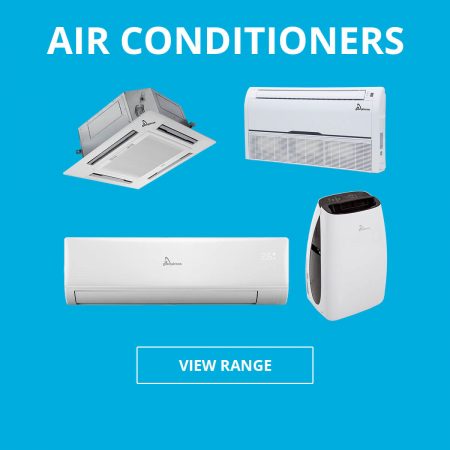Portable air conditioners are becoming more and more popular with homeowners looking for handy ways to cool a room amidst the summer heat. Indeed, portable AC units carry lots of benefits, and not requiring installation is one of them. However, before you go on and jump into buying the first portable air conditioning unit on the market, you need to bear in mind some details that will help you make the best choice for your case. This guide is about to assist you in what to consider when buying a portable air conditioner.
Key Factors to Consider Before Buying a Portable AC Unit
It’s paramount to find a model that meets your particular needs. To ensure it works well in the space you need to cool, take into account the following:
Cost
Portable AC models can range from $150 to tens of thousands of dollars, depending on the intended use (residential or commercial). The more powerful the unit, the costlier it is. And keep in mind that you’ll need more power to cool a large living space than a smaller room. Some portable air conditioners also double as dehumidifiers or heaters while also featuring things like programmable timers and remote controls, which adds to the price. The price is also affected by the filters the model uses (think about how often they need to be replaced as well).
Room Size
The portable AC unit’s specs should match the size of the room you want to cool. Look at the manufacturer’s BTUs to see how powerful yours is. Some manufacturers also specify the size of the room their models work in. In general, a 150 sq. ft room needs around 5,000 BTUs to cool, while a 450 sq. ft. room needs twice that much.
Energy Use
Look at the Energy Star ratings of your portable air conditioner to see how it performs in terms of energy efficiency. Using a model that comes with a built-in programmable thermostat that will switch off the unit when the desired temperature is reached is a good option. To avoid using unnecessary energy, ensure you maintain and clean the portable AC unit properly.
Ventilation
Will you need a window venting kit to install the portable air conditioner close to a window? Does it come along with the product? Does the manufacturer provide clear instructions on how to vent the unit? Does the provided kit allow more flexibility in case you cannot vent the portable AC unit close to a window (i.e., provide an extension hose)?
Noise
Portable or not, air conditioners make noise. The noise levels, though, should be minimal and described as nothing but “background noise”. To determine that, check the manufacturer’s specs and customer reviews.
Condensate Type
This directly relates to the portable AC unit’s ease of use. There are drip air conditioners, partial air drip conditioners, and no-drip air conditioners. The first units deposit all of the condensate to a bucket inside the model, so you need to dump it regularly. The second models release most of the condensate via the exhaust hose (the bucket needs emptying, but less frequently). The last option releases 100% of the condensate into the air, so it requires no emptying on your part. Models with an auto-drain system are also available in the current market.
Now that you know some crucial factors that play a role in buying the right portable air conditioner, you can start browsing models. Good luck!
